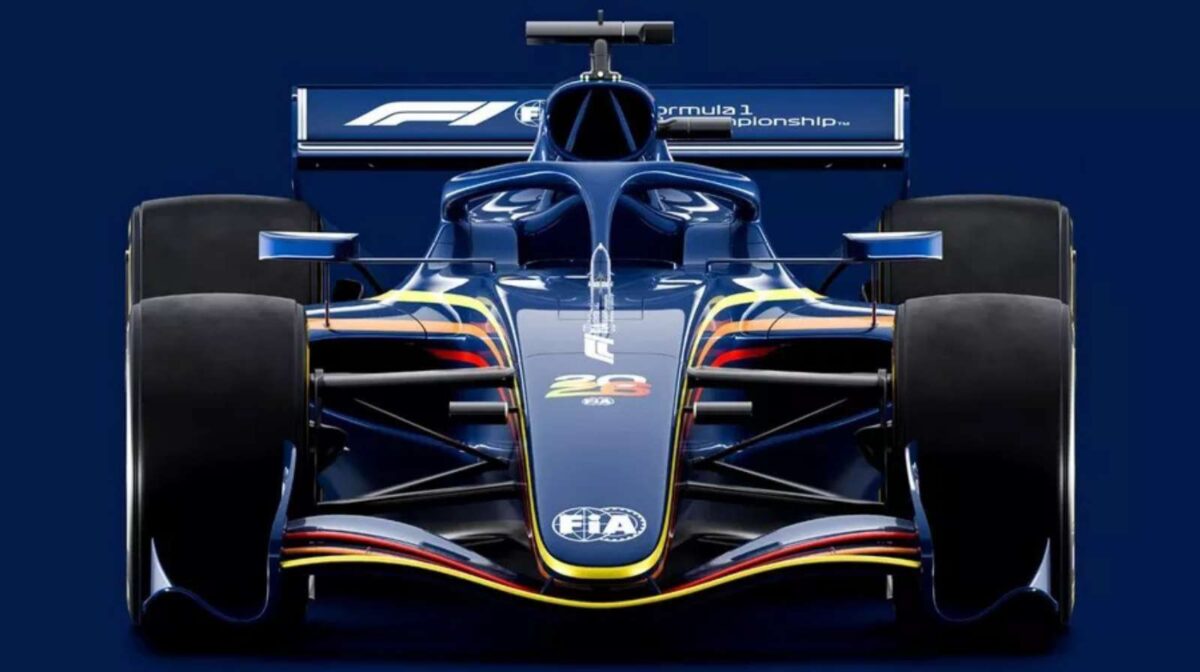F1’s 2026 regulations are the last hope to improve racing
The 2026 regulations are the biggest step made by the FIA to enhance racing in Formula 1.

F1 2026 chassis render side view (via Formula 1)
🔍 Explore this post with:
The FIA has finally revealed the 2026 regulations for Formula 1. The next generation cars are a major overhaul compared to the current ground-effect cars with big changes for the power units. It is no surprise that the new rules try to enhance racing with more agile and faster cars.
Over the past decade, F1 cars have grown immensely in weight and received criticism from many in the paddock. The new regulations reduce the minimum weight limit by a whopping 30 kg while making the cars narrower and shorter. This comes despite the power units becoming heavier due to more electrical output.
Additionally, the new cars are expected to have 30% less downforce and 55% less drag. The introduction of active aero in both front and rear wings could have a massive impact on racing as well. As such, it is clear that F1’s 2026 regulations are the last hope to improve racing.
F1 won’t be able to save face if 2026 rules fail
Since the 2017 rule change, when Formula 1 introduced faster and wider cars, the sport has struggled with overtaking. The ground-effect regulations for 2022 were meant to solve this problem but did not yield satisfactory results. Now, the entire mantle falls on the latest rule shake-up at the pinnacle of motorsport.

The FIA and Formula 1 have gone a long way this time around to enhance racing. The removal of DRS and the introduction of a manual override mode could create a better show for fans. Moreover, the active aero elements will play a crucial role in how drivers adapt to the new cars. The X-mode will open up the front and rear wing flaps and allow for increased speeds on straights. While the Z-mode will give more downforce for corners.
The combination of nimbler, lighter cars along with the introduction of active aero, and manual override are massive changes for Formula 1. On paper, the 2026 rules are the biggest shake-up in the sport in the past decade. However, no one can be certain that these regulations will bring the desired results before the cars hit the track. Aero genius Adrian Newey even claimed that the rules were designed to potentially attract more manufacturers.
Moreover, F1 still faces the risk of a single team or manufacturer out-developing the rest of the grid, such as Red Bull in 2022 or Mercedes in 2014. As such, fans cannot get too excited with the official announcement. Rather, viewers need to stay patient till the first round of the 2026 season.
In case you missed it:
- Red Bull might’ve extended Sergio Perez’s contract to keep Max Verstappen happy
- Charles Leclerc has a realistic shot at defeating Max Verstappen for the 2024 F1 title

